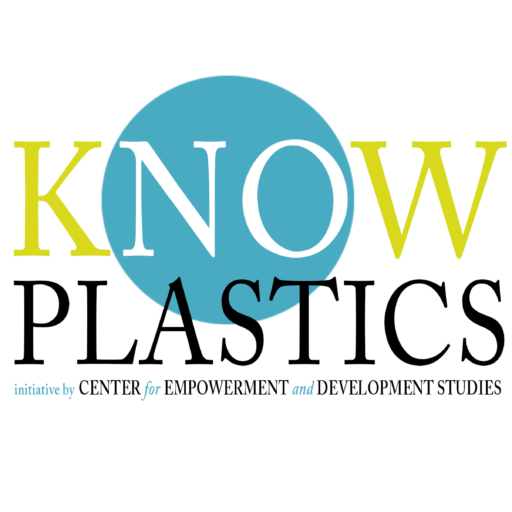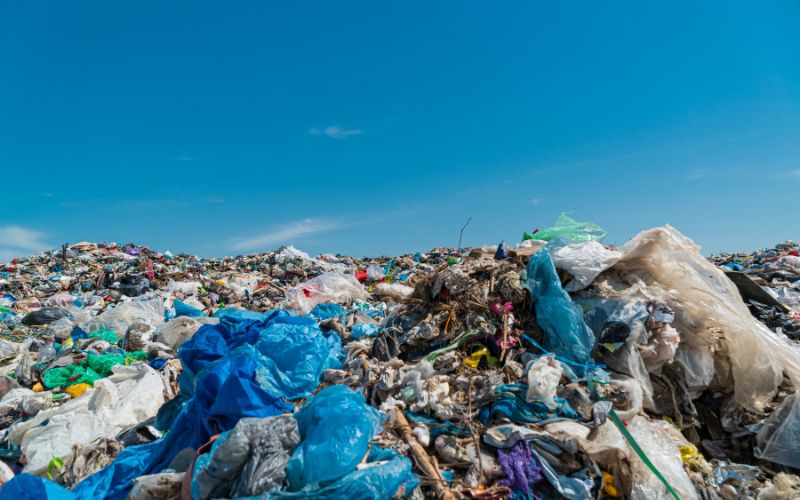Microplastics have emerged as a significant environmental concern, drawing attention from scientists, policymakers, and the general public. These tiny plastic particles, often less than 5 millimeters in size, are pervasive in our environment and pose a variety of risks to ecosystems, wildlife, and human health. Understanding the sources, impacts, and potential solutions to the problem of microplastics is crucial in addressing this pressing issue.
What Are Microplastics?
Definition and Sources
Microplastics are small plastic particles that come from a variety of sources. They are broadly categorized into two types:
- Primary Microplastics: These are manufactured to be small, such as microbeads used in cosmetics and personal care products, or pellets used in plastic production.
- Secondary Microplastics: These result from the breakdown of larger plastic items like bottles, bags, and fishing nets. The degradation process is typically driven by exposure to sunlight, wind, and ocean waves.
Common Sources of Microplastics
- Personal Care Products: Many exfoliating scrubs and toothpastes contain microbeads.
- Synthetic Clothing: Washing synthetic fabrics releases microfibers into wastewater.
- Plastic Packaging: The breakdown of plastic packaging materials contributes to microplastic pollution.
- Vehicle Tires: Wear and tear on tires release tiny plastic particles onto roads, which then wash into waterways.
Environmental Impact
Marine Ecosystems
Microplastics are particularly problematic in marine environments. They are ingested by a wide range of marine organisms, from tiny plankton to large fish and whales. This ingestion can lead to physical harm, such as digestive blockages and internal injuries. Additionally, microplastics can act as vectors for toxic chemicals, which adhere to their surfaces and then enter the food chain.
Soil and Freshwater Systems
Microplastics are also found in soil and freshwater systems. Agricultural lands can become contaminated through the use of sewage sludge as fertilizer, which contains microplastics from wastewater. In freshwater systems, microplastics can affect aquatic organisms and disrupt ecosystems in ways similar to marine environments.
Human Health Concerns
Ingestion and Inhalation
Humans are exposed to microplastics through various pathways, including the ingestion of contaminated food and water, and inhalation of airborne particles. Microplastics have been detected in seafood, table salt, and even drinking water.
Potential Health Risks
While the full extent of health risks is still being studied, potential concerns include:
- Chemical Exposure: Microplastics can carry harmful chemicals, such as pesticides and heavy metals, into the human body.
- Inflammation and Toxicity: The physical presence of microplastics in tissues may cause inflammation and stress to bodily systems.
- Long-Term Effects: The long-term health implications of chronic exposure to microplastics are not yet fully understood, but there is concern over potential impacts on the immune system, reproductive health, and more.
Solutions and Mitigation Strategies
Regulatory Actions
Governments and regulatory bodies are beginning to address the issue of microplastics through legislation and policies. For instance, several countries have banned the use of microbeads in personal care products. More comprehensive regulations are needed to address the release of microplastics from all sources.
Research and Innovation
Continued research is crucial to understand the pathways and impacts of microplastics fully. Innovations in materials science, such as developing biodegradable alternatives and improving recycling technologies, can also help reduce the release of microplastics into the environment.
Public Awareness and Behavioral Change
Raising public awareness about the sources and impacts of microplastics can drive consumer behavior changes. Simple actions, such as reducing the use of single-use plastics, choosing natural fibers over synthetic ones, and supporting policies aimed at reducing plastic pollution, can collectively make a significant difference.
Conclusion
The problem of microplastics is a complex and pervasive environmental issue that demands urgent attention. These tiny particles, resulting from the breakdown of larger plastic items and from specific products, have far-reaching impacts on ecosystems, wildlife, and human health. Addressing this issue requires a multifaceted approach, including regulatory actions, research, innovation, and public engagement.
By understanding the sources and consequences of microplastic pollution, and by taking proactive steps to reduce our plastic footprint, we can work towards a healthier, more sustainable future. The fight against microplastics is a critical component of the broader effort to combat plastic pollution and protect our planet for generations to come.


